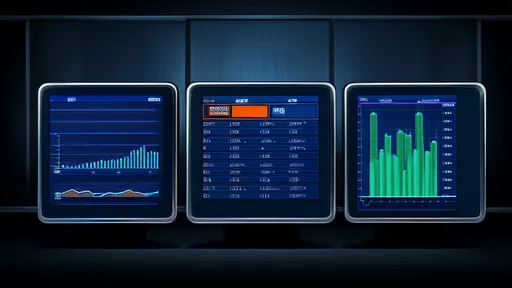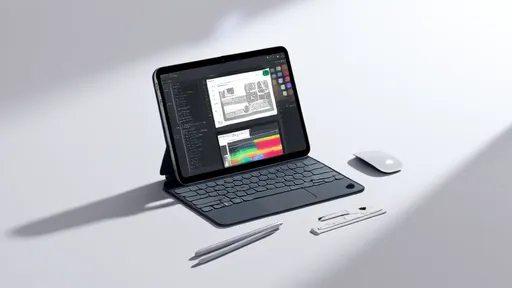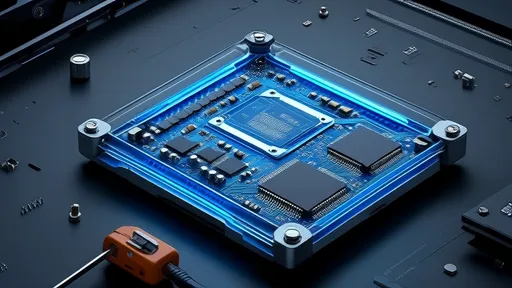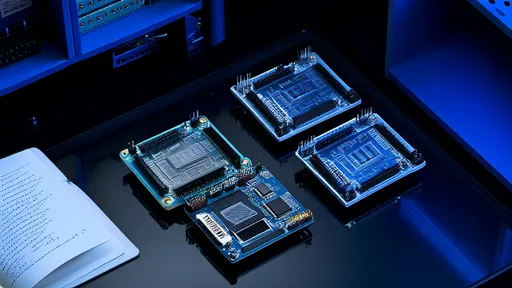The RISC-V architecture has been making waves in the microcontroller (MCU) space, offering an open-source alternative to proprietary instruction set architectures (ISAs). As adoption grows, one critical factor determining its success is the maturity of the ecosystem, particularly the toolchain support. Developers rely on robust toolchains for compiling, debugging, and optimizing their code, and RISC-V's progress in this area is a key indicator of its readiness for mainstream MCU applications.
The Current State of RISC-V Toolchains
Over the past few years, the RISC-V ecosystem has seen significant improvements in toolchain availability. The GNU Compiler Collection (GCC) and LLVM now offer stable support for RISC-V, enabling developers to compile C, C++, and even Rust code for RISC-V MCUs. These toolchains have matured to a point where they can handle most embedded use cases, though some niche optimizations still lag behind those available for ARM or x86 architectures. Debugging tools, such as OpenOCD and GDB, have also been adapted to work seamlessly with RISC-V, providing essential support for embedded development workflows.
Commercial vs. Open-Source Offerings
While open-source tools form the backbone of the RISC-V ecosystem, commercial vendors have started to step in, offering polished IDEs and optimized toolchains. Companies like SiFive, Andes Technology, and Microchip provide proprietary solutions that complement the open-source offerings. These commercial tools often include enhanced debugging features, performance analyzers, and vendor-specific optimizations that can significantly reduce development time. However, the reliance on vendor-specific tools raises questions about fragmentation, a challenge the RISC-V community is actively addressing through standardization efforts.
Challenges in Toolchain Maturity
Despite the progress, gaps remain in the RISC-V toolchain ecosystem. One notable issue is the lack of consistent support for real-time operating systems (RTOS) and middleware. While ports of FreeRTOS and Zephyr are available, they sometimes lack the polish and extensive driver support found in ARM-based ecosystems. Additionally, performance tuning tools for RISC-V are still evolving, making it harder for developers to squeeze out every last drop of efficiency from their MCUs. These challenges highlight the need for continued investment in both open-source and commercial tooling.
The Role of Community and Collaboration
The RISC-V community has been instrumental in driving toolchain improvements. Collaborative efforts between academia, open-source contributors, and industry players have accelerated the development of compilers, debuggers, and libraries. Forums like the RISC-V International Foundation facilitate discussions on toolchain requirements, ensuring that the needs of embedded developers are heard. This grassroots momentum is a defining feature of RISC-V's growth, distinguishing it from proprietary architectures where toolchain development is tightly controlled by a single entity.
Looking Ahead: The Future of RISC-V Toolchains
As RISC-V MCUs gain traction in industrial, automotive, and IoT applications, the demand for more sophisticated toolchains will only grow. The next few years will likely see tighter integration between hardware and software tools, enabling better performance profiling and energy optimization. Standardization will also play a crucial role in preventing ecosystem fragmentation. If the current trajectory holds, RISC-V's toolchain ecosystem could soon rival—or even surpass—those of established architectures, solidifying its position as a viable choice for embedded systems.

By /Jul 11, 2025

By /Jul 11, 2025

By /Jul 11, 2025

By /Jul 11, 2025

By /Jul 11, 2025

By /Jul 11, 2025

By /Jul 11, 2025

By /Jul 11, 2025

By /Jul 11, 2025

By /Jul 11, 2025

By /Jul 11, 2025

By /Jul 11, 2025

By /Jul 11, 2025

By /Jul 11, 2025

By /Jul 11, 2025

By /Jul 11, 2025

By /Jul 11, 2025

By /Jul 11, 2025